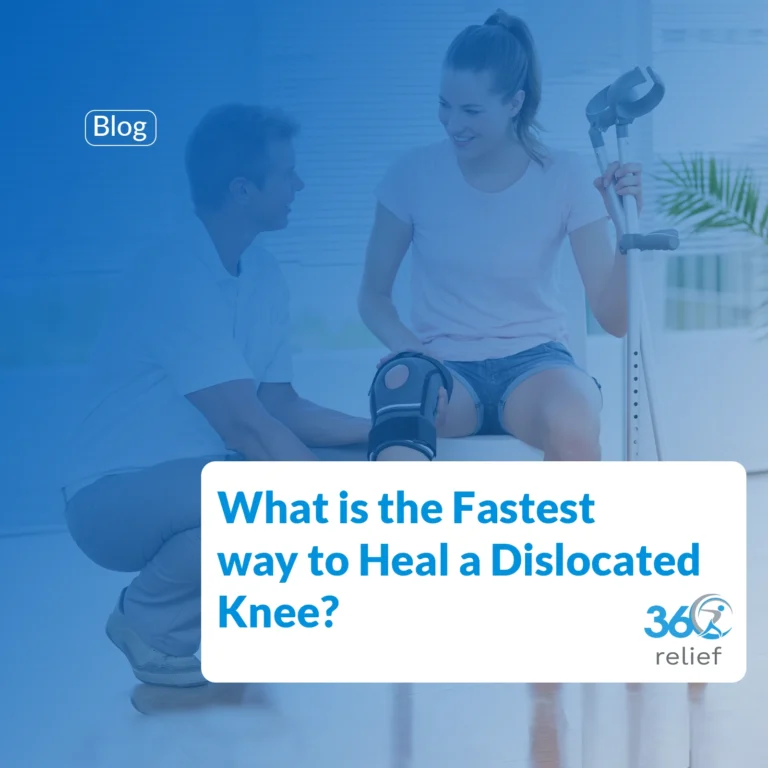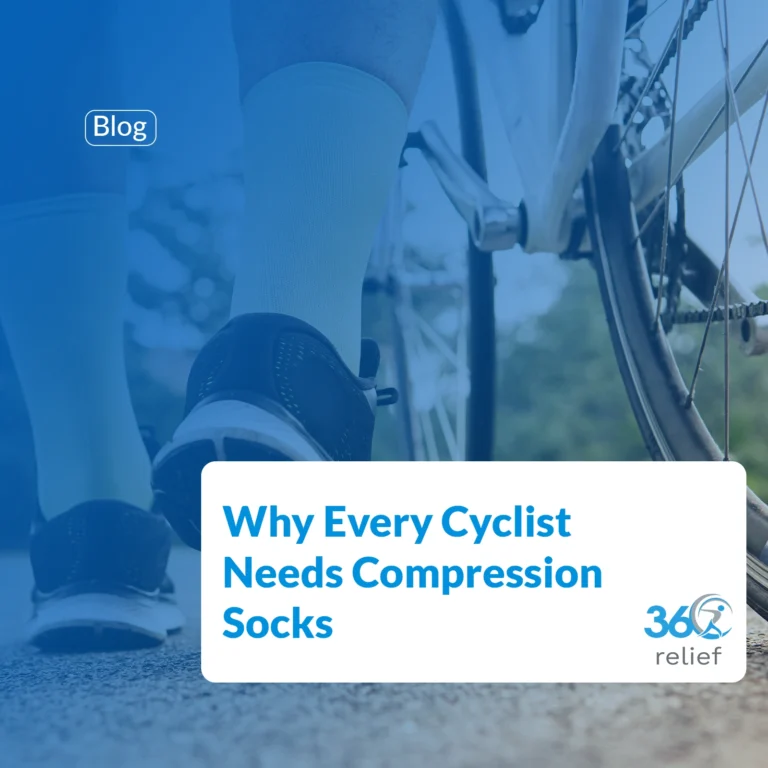Blog
Five Ways To Avoid Or Support Wrist Injuries Or Arm Injuries
Five Ways To Avoid Or Support Wrist Injuries Or Arm Injuries
Studying the anatomy of wrist and arms shows that it contains numerous joints, ligaments, tendons and muscles. They all need careful protection when doing sports or leading an active life. We do so much with our hands and arms, especially during sports. Having a wrist injuries or arm injuries can seriously debilitate our lifestyle and impede our athletic training.
Wrist injuries are some of the most common accidents that sports players and athletes experience. Symptoms of a serious wrist or arm injuries like a break, tear, cut or sprain include swelling, pain, numbness or coldness. You might also experience abnormal twisting of the fingers or hand, or persistent bleeding.

In addition, there might be clicking or grating sounds when the arm or hand moves. In the case of a break, you may not be able to move the fingers, hand or arm at all. This will require an x-ray to confirm diagnosis. In any case, apply RICE – rest, ice, compression and elevation – and seek medical help.
Table of Contents
TogglePrevention is better than cure…
The good news is that there is plenty that you can do to stop a sports injuries from happening in your wrist or arm. There is also a lot you can do to help a wrist injuries or arm injuries heal faster once it has happened,
Five healthy habit to avoid wrist injuries
1. Strengthen your wrists
Improve wrist strength and flexibility with some effective, simple exercises. This could help ward off wrist injuries from happening at all. Incorporate them into your daily workout routine, and you will quickly notice results. Hold your arms out in a T-position to your body. Rotate so the palms of your hands are facing up. Then rotate so they are facing down. Do this ten times, trying just to move your wrists.

You can also do this while sitting, arms out at 90 degrees, palms upwards. Hold a resistance band or some light weights. Twist your wrists, so your palms are down. Then twist them back to their original position. Do this ten times. Finally, another good exercise for strengthening wrists is the simple wrist curl. Hold weights in both hands and curl them up and down, using just the wrists to move them. It is good practice to avoid wrist injuries.
2. Strengthen your arms
Arms can benefit from many exercises that target different parts, such as the biceps and triceps. Don’t forget to work the forearms too. A good tip for these is to work on pull-ups. This involves holding onto a bar positioned above your head with both hands. Make sure your feet are not touching the floor and pull your body up using your forearms and hands only.

Deadlifts can also help, as these help you to work on your grip as well as on arm strength. Unless you have arm injuries, try to focus on booth arms equally, so the muscles built together. Seek medical advice if you are unsure about working out with sports injuries.
3. Relieve aches and pains naturally
If you overdo it, you might or notice some aches and pains in your wrists and arms. This could be due to working out too much or straining them during training. Place a warm towel or hot compress over the aching area for 15 minutes. This helps ease pain and boost blood flow to the area. You can also boost circulation by walking around for a short while to get your heart pumping a little harder.
Conversely, if you are suffering from a tissue injuries, a cold compress or ice pack can help reduce swelling and inflammation. Again, apply for 15 minutes and repeat daily for a few days until symptoms ease. Sleep with your arm or wrist on a pillow to elevate it at night and help promote healthy blood. Flow.
Get plenty of rest and be patient with yourself while your wrist or arm recovers. You might find that a massage or some essential oils can help too. You can massage lavender oil into the affected area or add a few drops to a warm bath. It helps relax tired muscles and relieve discomfort. The calming lavender aroma also has the added benefit of helping you prepare for a good night’s sleep.
4. Invest in decent wrist or arm support
When you experience a wrist injuries or arm injuries, you may find it easier to wear a specialist support. These are specially shaped to hold the joint in the best position for recovery and to protect it against further knocks or damage. You can get a wide range of wrist supports and equipment to protect arms, hands and shoulders too. Supports offer different levels of protection, from gentle compression to manage inflammation to full restriction of movement for quicker healing.

Use the gentler wrist and arm supports for sprains and strains. Longer-term conditions such as carpal tunnel syndrome or tennis elbow might need more support. Broken or dislocated bones will need professional treatment such as a splint or cast. This will keep the joint from moving and let the bones heal in the right place.
5. Do your physiotherapy
Finally, if you have been prescribed a course of physiotherapy after a wrist injuries or an arm injuries, it is crucial that you follow through with it and keep your appointments. A physiotherapist will know what exercises to do to speed up your specific injury’s recovery. They will also be able to monitor your progress and adjust your exercises to suit your rate of recovery.
A good physiotherapist can explain what has happened to you and why you need to do the various exercises. You may just need one or two sessions, or you may need to commit to a longer treatment plan to get rid of wrist injuries. Think of it as an investment in your sports training future. It’s all part of the bigger picture, along with exercise, rest and choosing and wearing the right wrist or arm support for recovery.
Social Share
More Posts

Common Causes of Knee Injuries and their Potential Treatment Plans
Knee Injuries: Overview The knee joint is considered one of the complex and largest joints in the body. It is

What is the Fastest way to Heal a Dislocated Knee?
A dislocated knee is relatively an uncommon injury. Ligaments connect the bones of the knee, which will result in a

Wake Up Refreshed: The Science-Backed Benefits of Eye Masks
Sleep is something we all know we need, yet many of us don’t get enough of it. Whether it’s the

Compression Socks for Nurses, Teachers & Beyond: Women Who Stand Deserve Relief
Introduction Long days on your feet can be exhausting. Whether you are caring for patients, teaching in a classroom, welcoming

Your Guide to Autumn & Winter Running Events in the UK
As the leaves turn golden and the evenings draw in, the running community across the UK doesn’t slow down. If

A Hug for Your Legs: Why Compression Socks Work for Varicose Veins
Varicose veins are more than just a cosmetic concern. For many people, they bring discomfort, swelling, and a heavy feeling

Sprained Wrist: Causes, Symptoms, Treatments, and Recovery
A wrist sprain(s) occurs when a ligament in the wrist is partially injured. Ligaments are the dense connective tissues that

2025 Unibet British Open Snooker: Play Longer, Stay Stronger with the Right Support
The 2025 Unibet British Open Snooker is just around the corner, and excitement is building as fans prepare to watch

Ride Longer, Recover Faster: Why Every Cyclist Needs Compression Socks
Cycling is one of the most rewarding sports for both fitness and leisure, but it also places high demands on

Stay Injury-Free During the 2025 Tour of Britain: The Best Protective Supports for Cyclists
Cycling fans across the UK are gearing up for one of the most exciting events on the sporting calendar –

Train Hard, Recover Smarter: Why Supportive Products Are Key for 2025 World Boxing Championships Success
The World Boxing Championships 2025 are just around the corner, with Liverpool preparing to host some of the finest athletes

Top Benefits of Using a Sleep Eye Mask for Deeper, Healthier Rest
Getting enough sleep is one of the most important foundations of good health, yet many people in the UK struggle

Women’s 2025 Rugby World Cup: Thrilling Action, Smart Moves to Escape Possible Injuries
1. Introduction – Rugby’s Biggest Stage Returns to England From August to September 2025, England will host the most exciting

Sitting Too Long at Work? Here’s Why You Need Compression Socks
Modern workplaces often involve long hours at a desk, whether in an office or working from home. While sitting may

Busy Mum’s Guide to Leg Comfort: Why Compression Socks Are a Game Changer
Mums are the true multitaskers of everyday life. From school runs to supermarket trips, from cleaning to working on your

